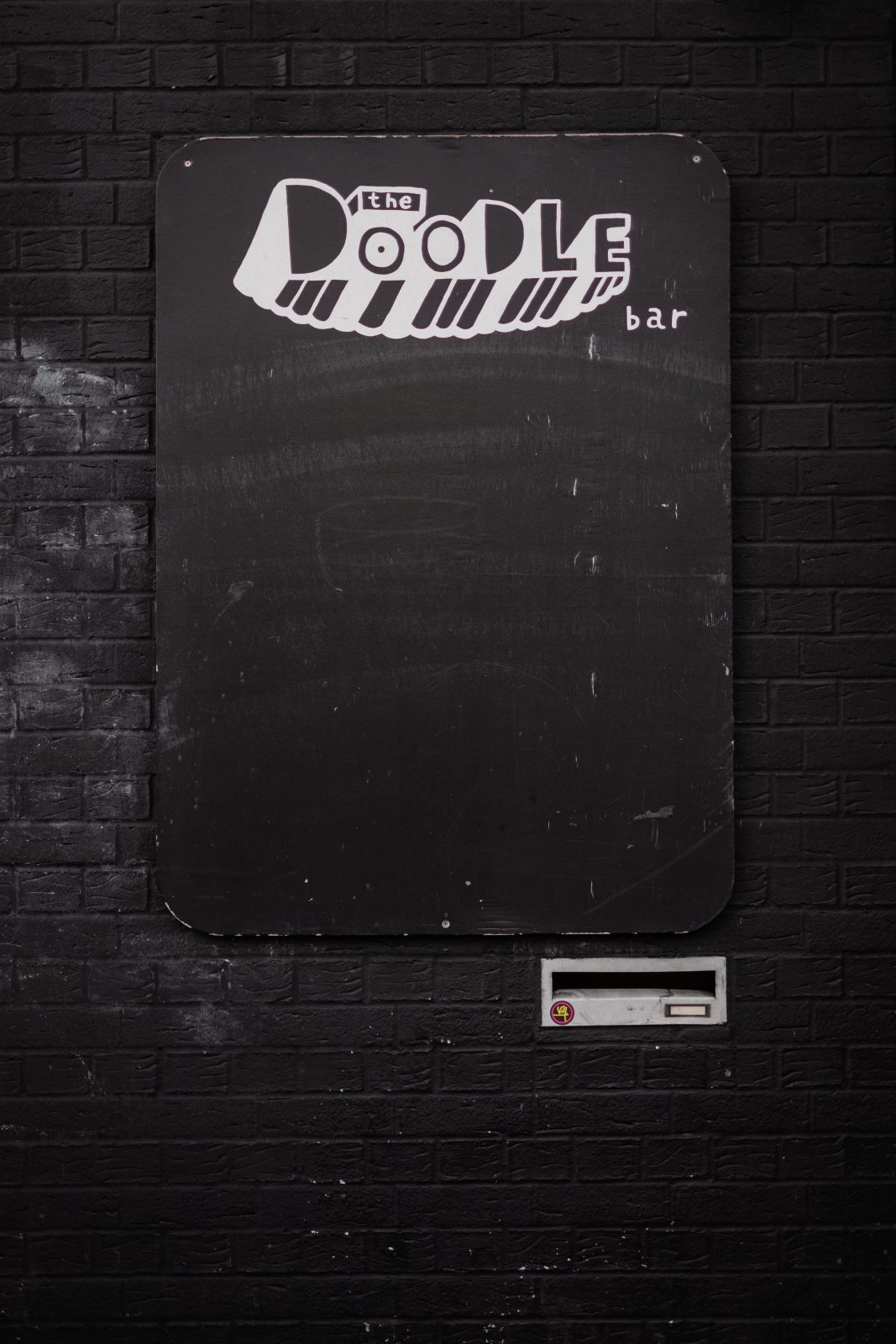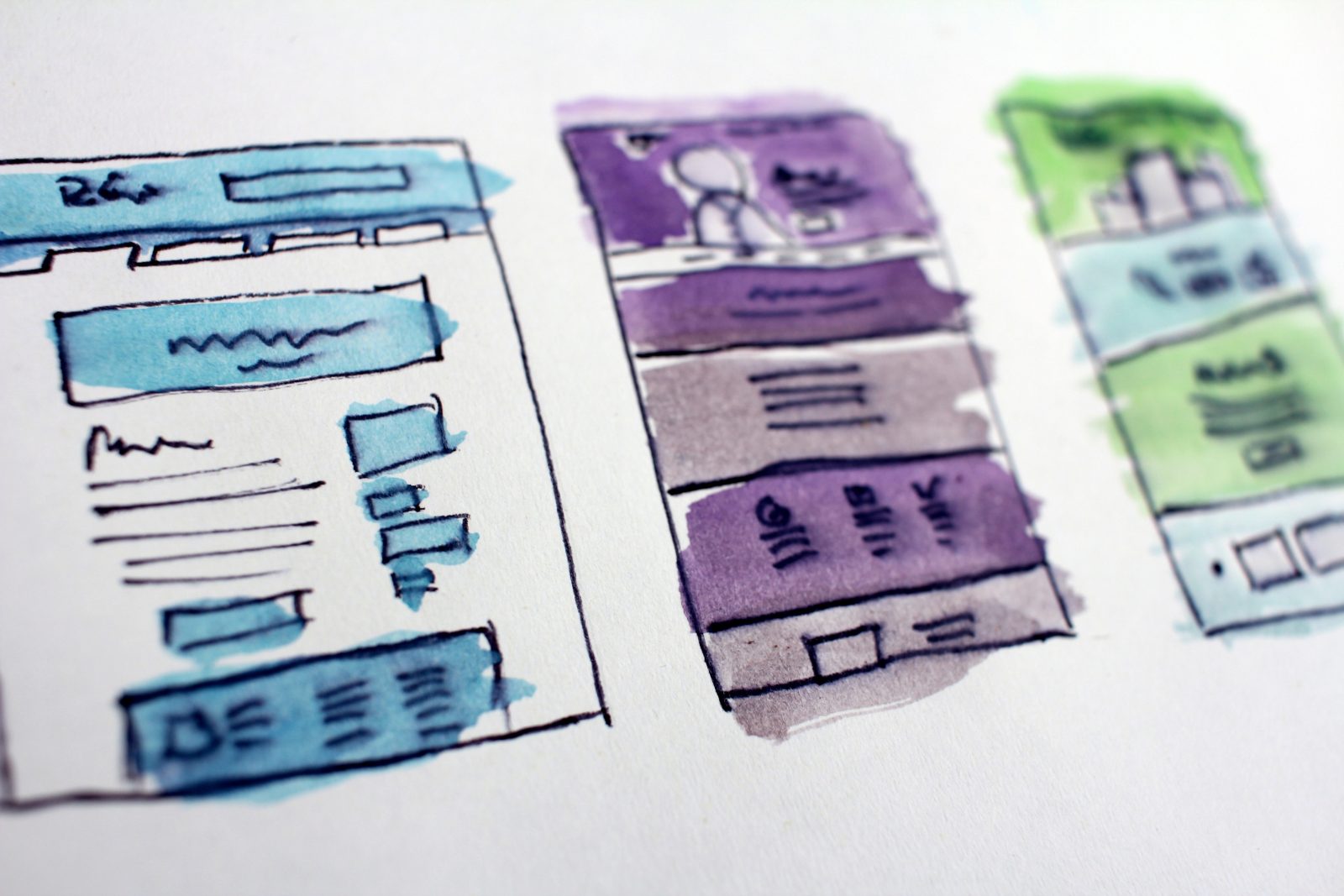I never thought of myself as the creative type. I am not a novelist or a poet, I don’t paint or sculpt, and any foray into music has failed pretty miserably. Creative people create art, music, and movies. I was always good at math, and science, but certainly not anything creative. This type of thought process is both stifling and all too common.
As my career has progressed, primarily from application development to application design, I’ve begun to realize that creativity is much more a state of mind than it is talent in the arts. That is why I was excited to finally get a chance to read Creative Confidence by Tom and David Kelley, two of the founders of Ideo, one of the most creative companies in the world. This entire book is written on the premise that everyone on earth is creative, in one way or another, and that there are ways to cultivate and develop creativity. I’d encourage everyone to grab a copy of this book and give it a read, but I’ve also distilled some tips from the book that I think are most important.
For Developers
Not every developer thinks of themselves as creative, but developers that I know are some of the most creative people I have ever met. On a daily basis, developers are rising to the challenge of meeting business requirements and user needs, solving problems in creative ways. If you’ve seen the output of good developers, that code is as much art as any painting in any museum.
One way developers can help unlock creativity in their organization is to help ask questions that start with “why” and “what if”. When I was doing a lot of development, I would often times get handed a list of requirements, and have to turn that into some sort of application. Those requirements documents don’t give developers a lot of room for creativity, but challenging assumptions by asking “why” can lead to big improvements for the end users. Developers are often looking to use the latest technologies to improve applications, so asking “what if” can help automate repetitive tasks, introduce smart technologies to provide insights, and overall improve the experience for the business.

Learning to ask these kinds of questions, and looking for ways you can not only meet the requirements but to improve processes, will increase your value. If you’re like me, it will also help you feel more connected to your work, and not like you are just there to churn out code, something that frustrated me when I was a developer. Ask these questions from a user-centered point of view, and not only will you be writing excellent code, but you’ll also be delivering a great experience for your end users.
For Development Managers

If managers want their teams to be happy, engaged, and high performing, they need to find ways to foster creativity amongst their team. One way to do this is to give your team time and space for “failure”, in a safe way that can benefit the team. Provide time each week for your developers to play around in sandbox environments, and create new tools. At Mindset, we host monthly “Dev Days” where we get together as a company and someone presents something cool they’ve been working on. If it’s not some perfect new tool, ready to be sold to all of our clients, that’s ok, because we are experimenting and learning as a team, and that creates opportunity and growth. And Mindset isn’t the first company to do something like this. Google’s Moonshot program famously celebrates failures by tackling the hardest challenges first and learning what isn’t going to work, so they can do more experiments, and ultimately get to what will work.
Another simple thing managers can do to foster creativity is to create a community chalkboard. In a visible spot, place a chalkboard or whiteboard, and see what ideas your team can churn out. Pose questions and let people respond to get the conversation going, and see what the team comes up with. These could help out on current projects, create ideas for new products, or just help decide where to host the next happy hour. In a highly visible spot, a lot of people will have the opportunity to view and contribute a lot of ideas in an easy and fun way.
For Business Analysts and Process Experts
As Mark Twain once said, “It’s not what you don’t know that gets you into trouble, it’s what you know for sure that ain’t so.” For experts, it’s easy to get comfortable and confident in your area of expertise, and rightfully so. After all, that’s what makes you an expert. But in order to continuously improve and innovate, it helps to adopt a beginner’s mindset, or even to think like a child. When you are a child, everything is new and exciting, and you take it all in, and ask question after question, often to the annoyance of your parents or teachers.

During one particular project, a client told us very clearly what the challenge their business was facing, and wanted us to create an app to solve that particular pain point. As part of our process, we explained it was important that we go observe and interview the end users putting this process into action and learn from them. What we learned was that there was a large gap between how the process was supposed to go according to the expert, and what process was actually taking place, completely changing the focus of the project. By starting at square one, and learning from the users themselves, we could understand why they were diverging from the expert design process, and how to course correct.
For Everybody
If you take one thing away from this blog, it should be this piece of advice: learn to communicate visually. Often times, when we are communicating visually in the workplace, it’s as simple as drawing boxes, lines, or stick people. It isn’t about artistic ability, it’s about providing a point of reference, and another tool for communicating our ideas. In my line of work, designing user interfaces, it’s especially important. How are we going to communicate with the users about how the application will behave if we can’t show them what it will look like? How will developers know what screens to build if we can’t show them?
If you’re not confident enough to pick up a pen and paper and start sketching, that’s ok. If you’re not confident enough to pick up a pen and paper and start sketching yet, here are a few resources to get you started. The first is from Dan Roam, an expert on visual communication. His book, Back of the Napkin, will help you learn to sketch your ideas for a business setting. Similarly, this free course from OpenSAP will help teach you the basics of sketching in an IT setting.

Overall, as the book Creative Confidence tells us, one of the most important things we can do to be creative is to decide to be creative. It really can be that simple. The book lists things that creative people tend to do, and I’ve adopted them into a sort of creative manifesto. Before your next project, or even at the beginning of every workday, say these things to yourself:
- I will redefine problems in new ways in order to seek out solutions
- I will take sensible risks and accept failure as part of the innovation process
- I will confront the obstacles that arise when challenging the status quo
- I will tolerate ambiguity when I am not sure I am on the right path
- I will continue to grow intellectually rather than let my skills or knowledge stagnate
Congratulations! You just graduated from Creative University, and you didn’t even need student loans. I really believe that creativity is more a state of mind than any sort of talent you are born with. Deciding to be creative is a great place to start. From there, it just takes practice to keep building your creative confidence. Think like a beginner, don’t be afraid to fail and learn something, and definitely don’t be afraid to break out a pen and paper and start sketching. See you out there.
View our LinkedIn, here.